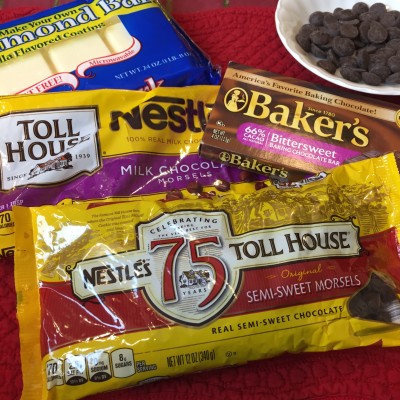
In the store yesterday, I noticed displays full of chocolate almond bark at the ready for making chocolate dipped strawberries. I knew almond bark was not chocolate, but it led me to the question what is almond bark?
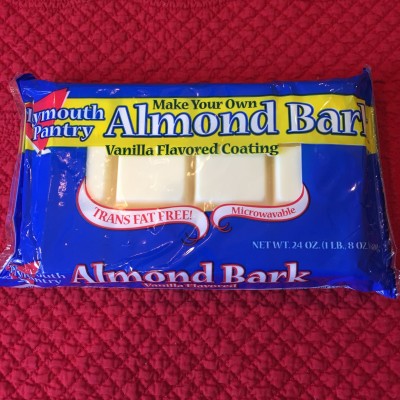
Almond bark is a mixture of mostly vegetable fats, sugars, flavors and coloring. It does not contain any cocoa butter or chocolate liquor, so it is not a chocolate. I am aware of almond bark being available in vanilla and chocolate flavors. Almond bark is packaged in a number of ways. I usually purchase the blocks, but you may choose the disks or melting chocolates.
Almond bark is great for melting and coating treats such as strawberries, Oreo cookies, and Ritz crackers filled with peanut butter. What makes almond bark so good for melting is because is does not need to be tempered. It is actually produced for melting, so it is rather easy to melt at a variety of temperatures and in a variety of ways.
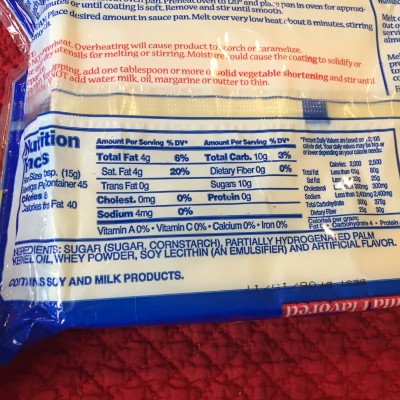
Of course, tempering has to do with heating real chocolate to a particular temperature so that the cocoa butters are imulsified in with the rest of the chocolate. If they rise to the surface (called blooming) they will create white streaks on the surface. Although this looks funny, it is not necessary to throw it out…just re-temper it.
I have never purchased the chocolate flavored almond bark, which is so prevalent in stores this time of year. For those who like to bestow chocolate covered strawberries on their sweetie, this is a good choice that should produce beautiful results.
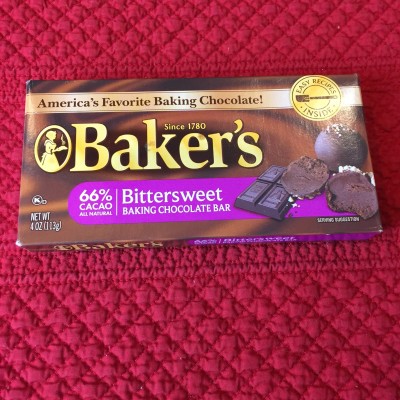
Real chocolate on the other hand contains cocoa solids (for taste) and cocoa butter (fat). The labeling of chocolate is regulated by the FDA. The ingredients and percentage of certain ingredients dictate how a chocolate is classified (bittersweet, milk, white, semi-sweet, etc. ).
Real chocolate is, of course, great for eating straight from the package (why waste time doing anything else with it?). With tempering, chocolate is perfect for using in molds or making into truffles. It is also very good in all sorts of desserts such as chocolate chip cookies.
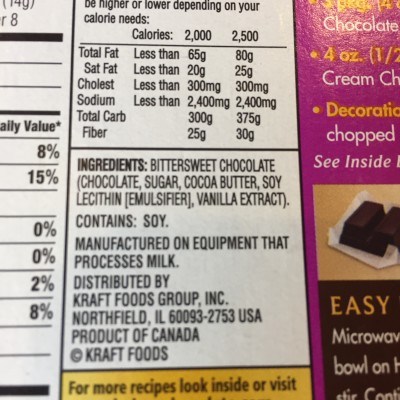
If you are in doubt if you have a package of real chocolate or flavored chocolate, read the ingredients. Cocoa butter means it is real chocolate. Almond bark normally states on the front of the package that it is flavored.
Here are a few more labels to look over:

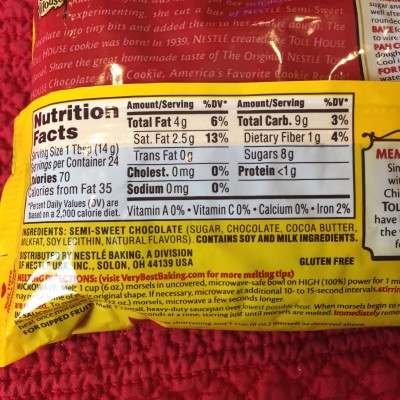
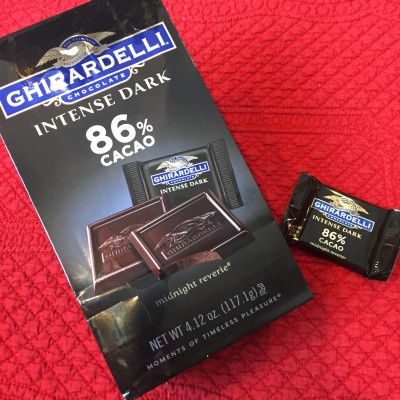
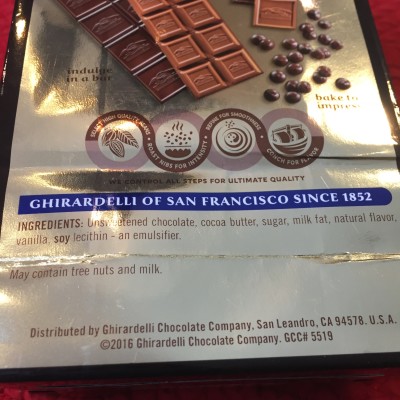
Just remember, if you plan to give your sweetie chocolates, purchase real chocolate. If you are going to make chocolate covered strawberries for your sweetie, purchase almond bark or melting chocolate. It will be easier to work with and your finished product will look better when set.
Bonus Information: White chocolate is not technically chocolate. Although it does contain cocoa butter, it does not contain cocoa solids. That is why white chocolate does not taste like chocolate. The cocoa butter provides the texture of chocolate.

Miss Price, I appreciate your insight into these two different ingredients. I remember my Mother, now 94, making delectable treats with almond bark. It had such a different creamy texture and unique taste. I can still at 67 can just taste it! Now white pastel or fudge seems to be the only similar tasting candy product.
My Father’s Mother (Inga, of Norwegian ancestry, his Father Adolf of Swedish ancestry) must have used her Betty Crocker cookbook to name their children. My Father’s proper name is Almond, his sister is Blanch, but then something “went wrong” and their brother was named Omar. Why not colander?
I will have to stop by the baking ingredient section to look at the almond bark.
Thank you for your great article and I will have to check out your other articles. You probably have a lot of readers, it would be nice if they’d leave a note. Bob Wicklund
Bob, thank you for your comment and for the laugh regarding the names! I am now wondering if the almond bark your Mother used was the same as today’s almond bark.
Hello Kayla,
I realize this post is over 3 years old, but, well, I’m always last to the game.
So I’m new to the “cookie coating” projects and wondering how the texture/consistency varies between the bark and the chocolate. Is the bark any thinner when dipping than white chocolate? And, yes, glad you pointed out that white chocolate is not really chocolate. Although i wish there was a way to make it so. The “white-ness” lends itself so well to holiday or baby themes. Thanks for your posts –
Denise in New Orleans
Denise,
I am so sorry for not responding sooner! To me, the bark does work better for dipping and is thinner because oil is a main ingredient. You also don’t have to worry about tempering, which is so nice. If you need chocolate or almond bark to be thinner, you can always add a solid shortening. This last holiday, I added coconut oil to almond bark to thin it a bit, and it worked fine. Good luck and thanks for commenting!